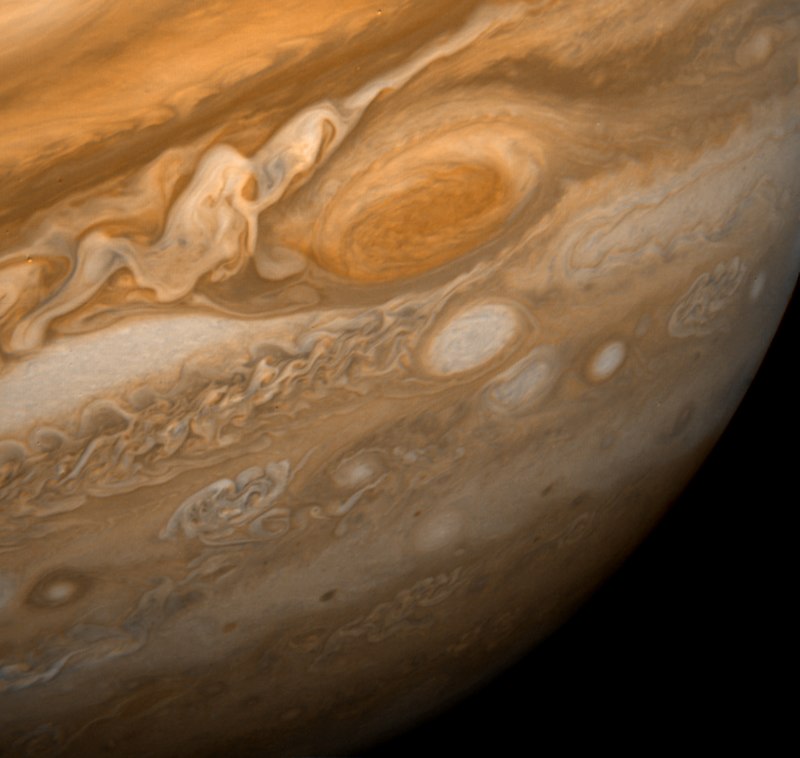Innovative Method for Message Storage Using Frozen Air Bubbles

A groundbreaking study published in the journal *Cell Reports Physical Science* reveals an innovative technique for storing messages by freezing air bubbles in ice, a method that could have significant applications in extreme environments such as the Arctic, the Moon, or Mars. This research, conducted by a collaborative team from China and Czechia, is inspired by natural processes where glaciers trap ancient air in bubbles, preserving information over millennia.
The study outlines how the freezing speed of water can be manipulated to create layers of bubbles within ice. These bubbles can be shaped and arranged in specific formations to encode information, similar to the way Morse code or binary code works. By adjusting the freezing process, scientists can create distinct bubble shapes—primarily egg-shaped and needle-shaped—that represent different data points.
Dr. Li Wei, lead researcher from the Institute of Cryogenics at Tsinghua University, noted, "Our method significantly expands the possibilities for information storage in environments where traditional materials fail. The ability to store messages in ice could revolutionize how we think about communication in extreme conditions."
The research team developed a seven-step process to convert textual messages into a temperature-control pattern, which guides the freezing process to form the specific bubble layers required for data encoding. A camera is then utilized to scan the ice, with a computer interpreting the layers through variations of light and dark bands, effectively reading the stored information.
This innovative approach is particularly relevant given the challenges faced in preserving physical data in harsh climates. Traditional materials such as paper or electronic devices are often unviable in areas where temperatures drop significantly. According to Dr. Eva Novak, a materials scientist at Charles University in Prague, "The ability to store messages in ice not only preserves them but also allows them to be read without the need for advanced technology."
In practical terms, the researchers successfully encoded letters such as 'FL', 'CN', and 'BJ' using this method, demonstrating the feasibility of their approach. The potential applications are vast, from scientific expeditions in polar regions to future missions on Mars, where the preservation of data is crucial for ongoing research and exploration.
The implications of this research extend beyond mere message storage. It raises questions about the future of data preservation in extreme environments and how such techniques could be adapted for use on other planets. As Dr. Mark Thompson, an astrophysicist at NASA, remarked, "Understanding how to effectively store and retrieve information in extraterrestrial settings is vital for the success of future space missions. This study provides a promising avenue for exploration."
In conclusion, the freezing of air bubbles to store messages presents an innovative solution to the challenges of data preservation in extreme conditions. As researchers continue to refine this method, it is likely to open new doors for communication and information storage in environments previously deemed inhospitable for traditional methods. The ongoing exploration of such techniques may well pave the way for advanced communication systems on Earth and beyond.
Advertisement
Tags
Advertisement





